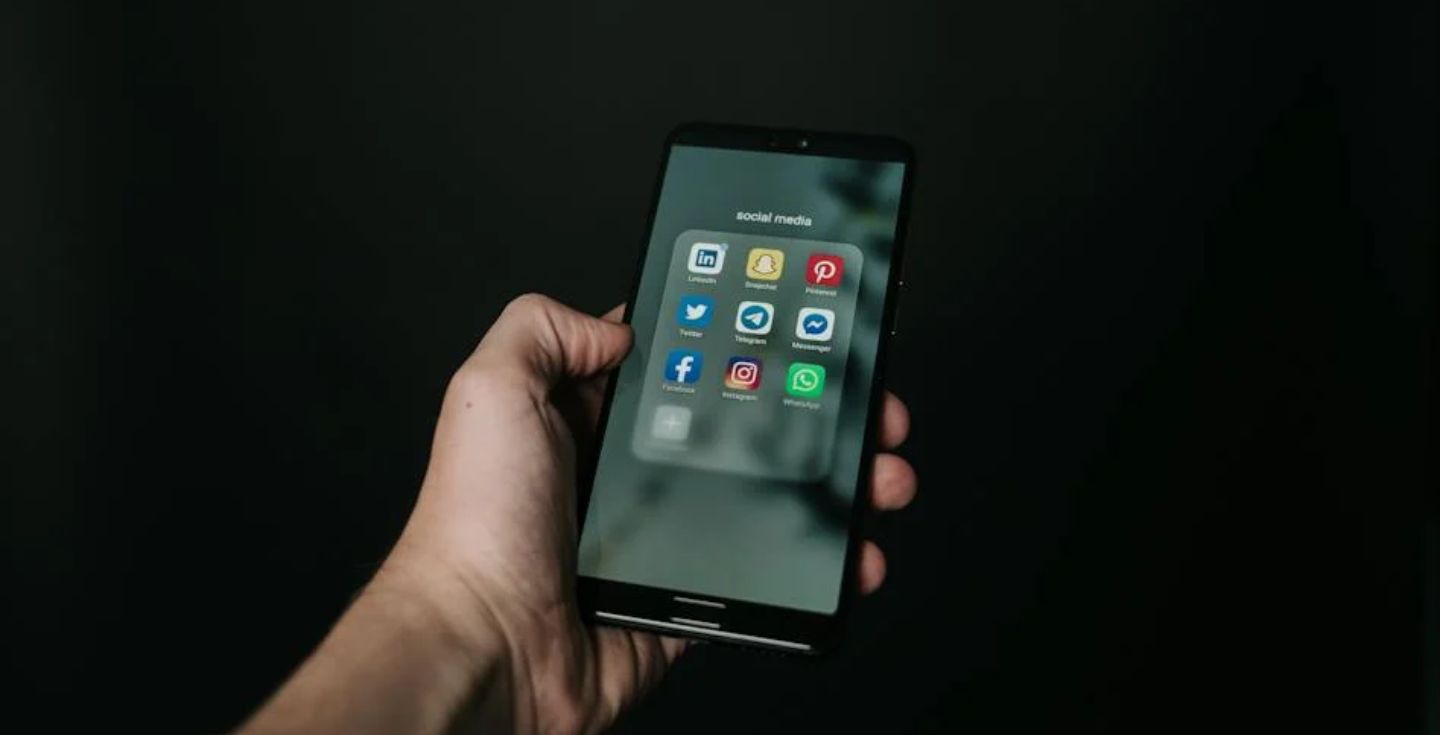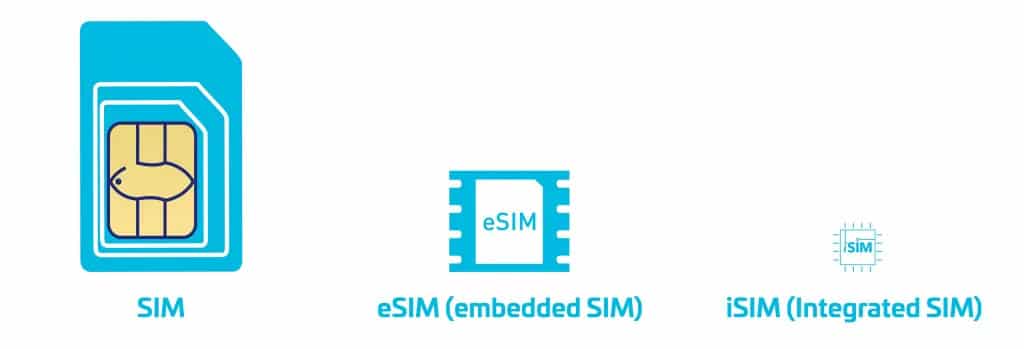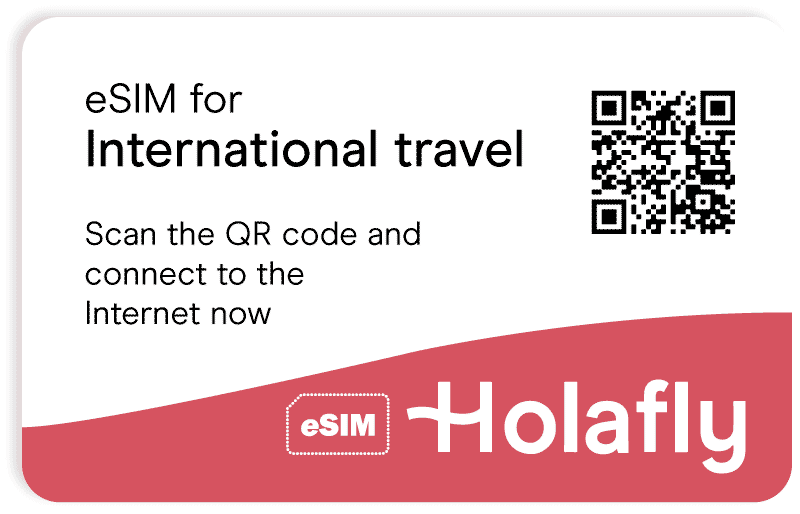eSIM vs iSIM: Which one is better?
eSIM vs. iSIM: How do they differ? What are their advantages and disadvantages? Find out with us the answer to these and other questions.
The world is experiencing a rapid technological shift, and the question is how quickly we are willing to adapt. physical SIM cards are a perfect example. Indeed, their evolution over the last three decades never ceases to amaze us. We no longer only talk about traditional SIM cards but also about eSIM vs iSIM as complementary solutions for the worldwide market. We will discuss how these new technologies work, their advantages and disadvantages, comparisons, and compatible devices.
International eSIM for travel
>>Buy an International eSIM<< Get 5% OFF. Code: MYESIMNOW5



 +1M
+1M
With Holafly, you save +30% compared to roaming fees
Plans that may interest you
What is eSIM card, SIM card, and iSIM?

First, a SIM Card (Subscriber Identity Module) is a physical SIM chip manually inserted into smartphones to store user identification data and phone numbers. The operator assigns this data to allow customers to access the internet and telephone services under contract or prepaid services through their mobile network. As we know, they use more physical space on the device’s hardware.
Secondly, the eSIM, Virtual SIM, or embedded SIM is a much smaller chip already embedded in the latest generation smartphones. This milestone marks a before and after in SIM card technology since it works like a physical SIM card without a plastic chip. Indeed, this opens a window of opportunity that benefits manufacturers of cellular devices, providers, and end users.
Finally, we find the iSIM card (or integrated SIM). This is the most recent development in SIM card technology, which seeks to eliminate the use of removable chips, thanks to the direct integration of this chip with Snapdragon 8 Gen 2, the most potent Android processor (so far). So with these, the subscriber identity module is directly inserted in the System on a Chip (SoC) of our device.
eSIM vs iSIM: advantages and disadvantages
To explain, below we show some of the advantages and disadvantages of integrated SIM technology and embedded SIM technology, respectively:
Advantages of iSIM technology
- Disposal of removable chips.
- Increased storage capacity.
- Energy savings Equipment.
- Extended equipment life.
- More compact designs.
- Device connectivity options.
- No dedicated space on the device’s circuit board.
Disadvantages of iSIM
- By being integrated into IoT devices, it is more difficult to change or update.
- For now, it would only work with a single provider.
- Limits the user’s freedom to change the provider.
- Initially, it was only available on high-end smartphones.
Advantages of eSIM
- Flexibility to change the provider.
- Ease of use and portability of the embedded SIM card.
- It is managed remotely without needing a removable SIM card to change network operators.
- It is embedded in a tiny dedicated chip in IoT devices.
- Saves space and offers greater security, even using multiple virtual SIM card profiles.
- Flexible connectivity for travel.
- User freedom, comfort, and control.
- The physical hardware needed to operate is less, so smaller devices are made.
- Improved mobility: eSIM providers, such as Holafly, offer both short-term prepaid plans and global monthly eSIM subscriptions.
Disadvantages of eSIM
- It is only compatible with the latest generation smartphones.
- Not all cellular providers in the world support eSIM.
- eSIMs can only be activated once for each QR activation code.
- Makes it challenging to switch mobile phones.
How does an eSIM or virtual SIM work?
Thanks to a virtual chip instead of a traditional SIM card, you can connect to the Internet remotely. This means that you do not have to remove or install a chip in your phone physically; the whole process is digital. Certainly, Holafly eSIMs are an excellent example of how this technology has allowed users to travel with a cellular data plan without headaches.
Application example of a Virtual eSIM for travelers
Holafly is an online store specializing in digital SIM cards for travelers. Offers excellent eSIM support in more than 200 destinations worldwide to get internet. They work by automatically connecting to a local operator’s cellular network. Thus, travelers enjoy stable connections during their trips.
If the eSIM covers more than one country, it will be activated just as you would in any of those destinations without implicating additional user costs. In addition, it brings multiple added benefits, as shown below:
- Hassle-free digital SIM cards can be purchased anytime, anywhere
- Remote provisioning: after purchase, you will receive an email with a QR code for activation.
- The eSIM profile is set up on the cellphone, and that’s it! You can now connect to the internet
- Keep your traditional SIM card in case you need it later.
- They have the same functionality without having to register your standard SIM.

How does the iSIM or integrated SIM work?
Snapdragon 8 Gen 2 processor by Thales and Qualcomm Technologies, Inc., at Mobile World Congress 2023, many questions are arising about its operation and other issues of interest.
So far, we know that it will have the same functions as the eSIM cards. However, the element of surprise is its high-security standards, tamper-proof, and prevention of information theft and unauthorized access to the device.
Just like eSIM devices, you can have several iSIM profiles on the same smartphone without affecting the device’s design, and you can activate it by scanning a QR code or by downloading the app of the selected provider. A smaller form factor might go unnoticed by consumer devices but represents a breakthrough and material reduction for SIM production.
eSIM vs iSIM: How are they different?
Of course, there’s one particular thing. eSIM and iSIM developers have something in common: reduce the size of SIM cards, micro SIM, mini-SIM, and even nano SIM by far. Looking for the maximum possible space-saving, performance, and efficiency in the phone’s motherboard. This generates essential effects on the design of IoT devices, making them increasingly small, safe, accessible, and efficient.
The above serves as a starting point to understand their possible differences:
| Features | eSIM technology | iSIM technology |
| Compatibility with cellular networks | 3G, 4G, and in some cases, 5G | 4G and 5G |
| Storage of the SIM in the cellphone | The SIM is stored electronically on an embedded microchip | The SIM is integrated directly into the SoC (in this case: Snapdragon 8 Gen 2) |
| Security standards | Prevents SIM and device identity theft | Provides enhanced tamper-proof security features |
| Dimensions | 6 mm x 5 mm | 1 mm² |
| Hosting of multiple profiles | Yes | Yes |
| Flexibility to change the provider | Yes | Initially no |
On the other hand, for Internet and cellphone companies, it represents an important advance in the digital transformation of their markets. Offering network profiles via remote send is one of the greatest iSIM and eSIM capabilities over traditional SIMs.
eSIM and iSIM compatibility with cell phones and providers
Talking about compatibility in this context is complex because compatibility depends on the cellphone and providers that support these technologies. So, we recommend you check thoroughly and verify this information before making any purchase decision in the coming months.
What mobile devices are compatible with eSIM?

According to a report published by IHS MARKIT, a research and information provider in the financial industry and markets worldwide, by 2024, around one billion cellular devices will have eSIM technology. Indeed, this strongly suggests that the list of compatible cell phones will increase exponentially in the coming months, so it will not be strange to talk about SIM cards being discontinued.
To find out if your cellphone is compatible with virtual SIM cards, we invite you to read our post: Cellphones compatible with eSIM from brands such as Apple, Google, Honor, Huawei, Motorola, Rakuten, Samsung, Sharp, OPPO, Xiaomi, Doogee, among others.
What mobile providers support eSIM?
Currently, different providers around the world already have digital SIM cards in their portfolio of cellular solutions. In every country, it is expected to find at least one operator with support. To find out which cellphone companies currently support virtual SIMs, we invite you to read: Providers that support eSIM in the world
What do we know about iSIM compatibility?
The news about the development of iSIM was released to the world recently. So, there’s still no certainty of compatible phones. What is certain is that the new high-end Android smartphone models will experience the integration and benefits of this new technology.
In conclusion: eSIM vs iSIM, which is better?
So, to know which is better, we will have to wait a few months for the iSIM to become operational. For now, the demand for eSIMs in the world has been growing exponentially, to the point that cellular devices that only have eSIM are already beginning to be marketed, such as the new iPhone 14, available in the United States.
The future is already underway; live your own experience with Holafly’s eSIM for travel in Europe!
Holafly Connect monthly subscription for Europe
If you need stable internet on your extended trip to Europe, Holafly Connect offers flexible, high-speed eSIM plans that work across multiple destinations — so you never have to worry about finding a new provider again.
With Holafly Connect, you get flexible monthly plans that renew automatically, all with 5G speed and global coverage:
- Unlimited data for remote workers and digital nomads who need constant connectivity.
- 25 GB plan for video calls, work tools, and seamless browsing.
- 10 GB plan for essential internet use on shorter trips.
Getting started is easy! Visit our Holafly Connect page, choose the plan that fits your needs, and activate it in seconds.
FAQs about eSIM vs iSIM
The activation process of an eSIM depends on the cellular operating system; that is if it’s iPhone or Android, and it also depends on whether you already have an active SIM card. You can verify the activation steps with your cellular provider. About iSIM, we could say that it would be a process similar to that of eSIM.
The process is the same as with cellular devices that have a physical SIM, contact your provider and block the eSIM or iSIM as soon as possible. The only difference is that the information will be protected, and you can quickly recover it.
Yes. One of the advantages of eSIM or iSIM cards is that they will support using several profiles within the same device. But this depends on the model and the capability to support leading and secondary lines.














































 Pay
Pay  Language
Language  Currency
Currency 


















 No results found
No results found












